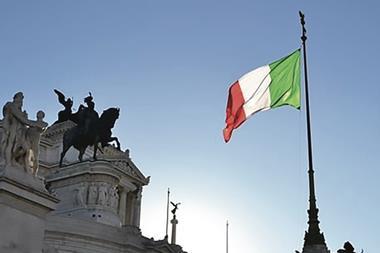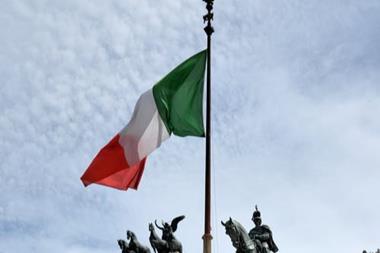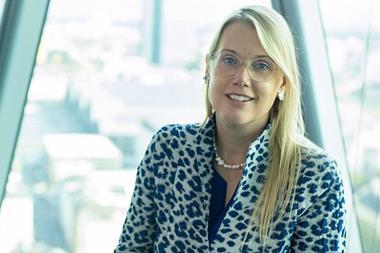Swiss pension funds are bypassing strategies to boost allocations to investment grade (IG) bonds, choosing different paths to some of the largest pension schemes in the DACH region.
The large majority (85%) of Swiss schemes is not planning to significantly increase investments in IG bonds in the near future, according to the 2024 Risk Check-up study published yesterday by consultancy Complementa.
The case for schemes’ investments in IG bonds is clouded by a significant decline in interest rates, especially in Swiss franc, and hedging costs (including inverted interest rate curves) for investments in foreign currency bonds, the study showed.
Hedging costs on foreign currency bonds can significantly reduce the yield to maturity in foreign currency, depending on the market situation (interest rate difference), it added.
Hedging issues have contributed to the fact that those pension funds planning to increase allocations to IG bonds opt for bonds in Swiss francs instead of bonds in foreign currencies.
Pension schemes clearly prefer corporate bonds in foreign currency, according to Complementa, while mixed global aggregates and government bonds in foreign currencies are ditched, or only taken into account by a small share of Swiss pension funds.
In the case of government bonds, low yields to maturity (after hedging costs) may lead schemes to refrain from investing in the asset class, according to Complementa’s research.
The consultancy noted that, in such an environment, bonds are losing appeal for Swiss pension schemes compared to short-term money market investments.
Swiss schemes are taking a different approach to that of Germany’s pension funds Bayerische Versorgungskammer (BVK), or BVV, among the biggest in the country, which are boosting their respective investment grade bonds portfolios.
Pensionskasse Degussa, the pension scheme of the German chemicals company Evonik, has also recently revamped its fixed-income portfolio with investments in government and corporate bonds.
The average fixed income allocation of Swiss schemes has fallen from 32.5% of total assets in 2021, to 31.7% in 2022, and 31.6% in 2023. Many pension funds invest in high yield and emerging market debt to diversify their portfolios, Complementa said.
Instead, the average equity allocation has increased to 31.1% of total assets in 2023, from 29.5% in 2022, while alternative and real estate investments decreased year-on-year, according to the study, to 9.7% and 22.9%, respectively.
Within private assets, the allocation to private debt and the number of pension funds investing in this asset class have stagnated over the last four years. Allocations to commodities and hedge funds continue to decline, it added.
Swiss pension funds returned 6.1% in the first eight months of this year, and 5.1% on average last year, according to the report. The average funding ratios rose from 107.6% at the end of 2023 to 112.6% at the end of August 2024.
The latest digital edition of IPE’s magazine is now available




































No comments yet